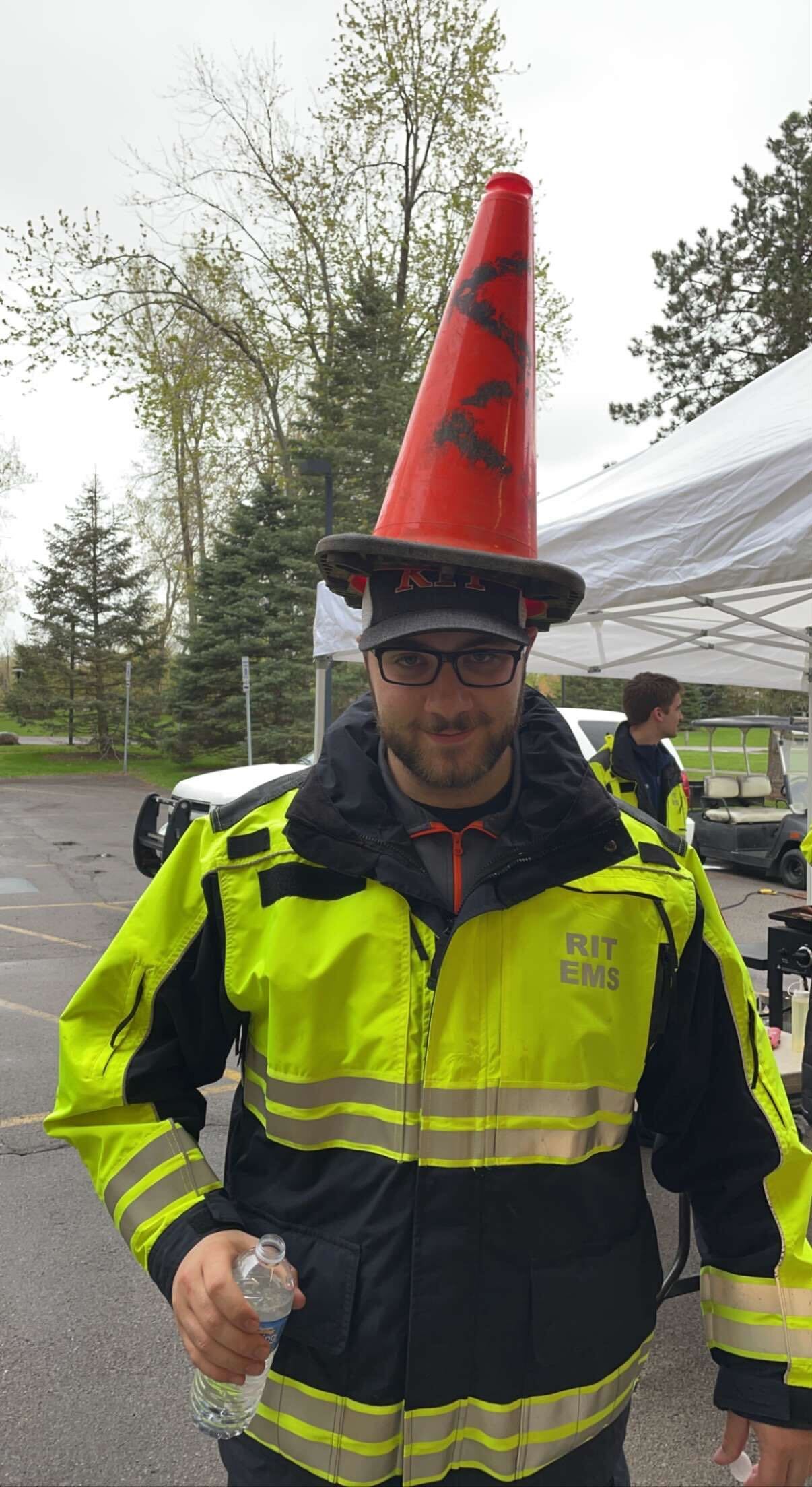
Hey, I'm Aidan 👋
I'm a software developer based in Rochester, New York. I specialize in full-stack web development using NodeJs APIs, Angular, React, and HTML/CSS. I have classroom and professional experience with PHP, Javascript, Java, Python, and more! I also have experience with various database technologies; including SQL based databases like MySQL, MariaDB, and PostgreSQL - and NoSQL databases like MongoDB, Neo4j, and Cytoscape.
About Me
As a developer, I have always been passionate about creating functional, well thought solutions to problems that most people don't even notice. I have a strong foundation in software development, with a focus on web technologies such as HTML, CSS, and JavaScript. I enjoy working on both the front-end and back-end of applications, and I am always looking for ways to optimize performance, improve user experience, and ensure the highest level of code quality.
Throughout my career, I have worked on a wide range of projects, from simple static websites to complex enterprise-level applications. I am experienced in working with a variety of development tools and frameworks, including React, Angular, Vue.js, and Node.js. I am always eager to learn and explore new technologies, and I am constantly seeking out opportunities to improve my skills and knowledge.
I am a graduate of the Rochester Institute of Technology, class of 2023, with a Bachelors of Science in Web and Mobile Computing with concentrations in Database Technologies and Secure Web Application Development, as well as a minor in American Sign Language and Deaf Cultural Studies. In my time at RIT I served on the executive board of K2GXT - RIT's Amateur Radio Club. You can read more about my experience here! In my later years I joined the RIT Ambulance and became a NYS/NREMT certified EMT.
In my free time, I like to design solutions to everyday problems, as well as create things to save myself money. I learned 3D design / CAD on my own, using Fusion360 and SolidWorks to create designs to 3D print, laser cut, and CNC route.

Skills
HTML
CSS
JavaScript
Figma
Node
Angular
Java
Databases
React
Python
PHP
GitHub Projects
ClearCut Mobile Companion App
A native mobile application I built as a companion app for clearcutradio.app, a project a friend created to live-transcribe emergency services radio traffic from around the country! This application allows users quicker access to the Clearcut system without needing to use a web browser. It adds functionality like system favoriting and real-time on demand transcription to the base application, while being easier and faster to use.
DeliverU - Python Discord Bot
A Python discord.py based Discord bot built as a companion to the Node API. This bot provides a multitude of functions. First, it retrieves open orders from the MongoDB database and posts them to the respective universities discord server. From there, drivers are able to "Clock In" and "Clock Out" for service, and will be notified of new orders and allowed to claim them. When a driver is the first person to claim an order, it is locked and the private details of the order; such as the name, address, and phone number, are sent to them via a private message. Customers are able to submit order modifications and feedback via the bot as well, and everything is securely hosted and logged.
Monroe County Emergency Services Discord Bot
A Python interactions.py based Discord bot built for the RIT K2GXT discord server. The bot will scrape the Monroe County 911 Incidents RSS feed hosted by the county government and present it in a clean, easy to view way in the Discord server when requested. Recently, I integrated support for ClearCut, a club-member made application that transcribes live radio calls into a web interface where you can read the text of the call or listen to the audio. The bot allows club members to retrieve relevant call information and present it to them in the Discord interface. With the ClearCut support, I also added a function that allows you to search for content within the transcriptions, furthering the user experience.
2 Player Battleship - RIT Class Project
A synchronous, secure, two way, online version of Battleship I created for a class project. The project required us to create an attractive and functional user interface that allowed players to join the app, see other players who are online, chat with online players, and request to start a game with another player. Once in the game, the application needs to determine which players turn it is, allow that player to place their game pieces and submit a turn, and prohibit the other player from making a move until it is their turn. The application needed to be created in a way that is secure, handles errors gracefully, and prevents against XSS and SQL injection.
Get In Touch
If you want us to work together, have any questions or want to speak to me about my experience, my inbox is always open! Whether just want to say hi, I'll try my best to get back to you! Cheers!
Say Hello